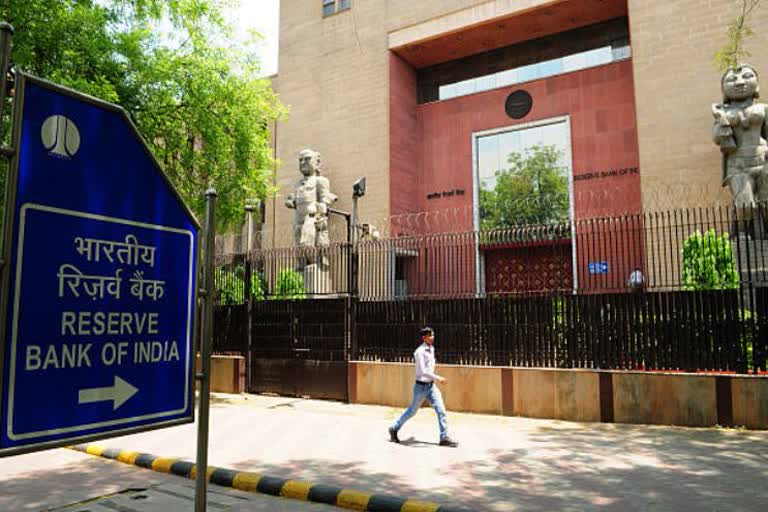Hyderabad: RBI governor Shaktikanta Das on Monday faced tough questions on the central bank’s decision to put restrictions on withdrawals from Yes Bank to implement a revival scheme for the bank. As per the provisions of the Banking Regulation Act, imposition of a moratorium was a pre-condition for formulating a reconstruction scheme for the Yes Bank and the Reserve Bank could not have done it without imposing a moratorium on its banking operations, said a top RBI official while explaining the legal provision.
The RBI’s decision to cap the withdrawal limit to Rs 50,000 per depositor dented the credibility of Yes Bank in the eyes of its depositors. And many people believe that there will be a rush to withdraw money from the troubled bank on March 18 when the restrictions will be lifted and the RBI should not have resorted to such an extreme measure to revive the Yes Bank.
“If you look at the BR Act (Banking Regulations Act), the BR Act requires that a moratorium is the precondition for drawing up of a scheme,” said HS Vishwanathan, deputy governor of the Reserve Bank of India.
“RBI could not have drawn up the scheme under section 45 prior to a moratorium being imposed,” he said while explaining the rationale behind imposing the cap on withdrawals that further dented the Yes Bank’s image.
What Section 45 of the Banking Regulation Act says
The Section 45 of the Banking Regulations Act, which deals with the RBI’s power to order amalgamation of a banking company or its reconstruction, says the RBI can make application to the Union government for an order of moratorium in respect of a banking company if it has good reasons to do so.
After examining the RBI’s application, the Union government can put a moratorium on a banking company’s operations for a specified period, but the total period of moratorium must not exceed six months.
In this case, the RBI superseded the Yes Bank’s board on March 6 and capped the withdrawal at Rs 50,000. It also said that the Yes Bank’s reconstruction scheme, led by the SBI, will be implemented before April and restrictions will be lifted.
However, the opposition parties vehemently criticised Prime Minister Modi and finance minister Nirmala Sitharaman for their handling of Yes Bank’s crisis. It forced the government to relax the cap well before April 3.
Read more:Battle of Finance Ministers: Chidambaram, Sitharaman trade charges over Yes Bank crisis
Why RBI delayed its decision on Yes Bank
As the banking sector regulator, the RBI has powers to recommend either amalgamation of a troubled banking company with another banking institution or to draw a scheme for its reconstruction in the interest of depositors or to protect the larger public interest.
The deputy governor HS Viswanathan said: “Our effort was to find a bank led, private investor led solution to address this matter. However, when that did not happen, we had to use the (reconstruction) scheme.”
“If investors are not willing to come then it was not in the domain of the RBI,” he said.
“We evaluated the advantages of an amalgamation and the advantages of the reconstruction and arrived at the conclusion that in this case reconstruction was a better option, it is a more viable option,” said the RBI deputy governor while explaining the thinking within the RBI about how to solve the Yes Bank’s issue.
The RBI was monitoring the situation of the Yes Bank on a daily basis for the last 7-8 months, and earlier this month it finally decided to supersede the Yes Bank’s board and appoint an administrator to manage its affairs.
HS Vishwanathan said the RBI made a scheme that enabled the government to implement many provisions of the law (Banking Regulations Act) and other laws.
(Article by Senior Journalist Krishnanand Tripathi)



